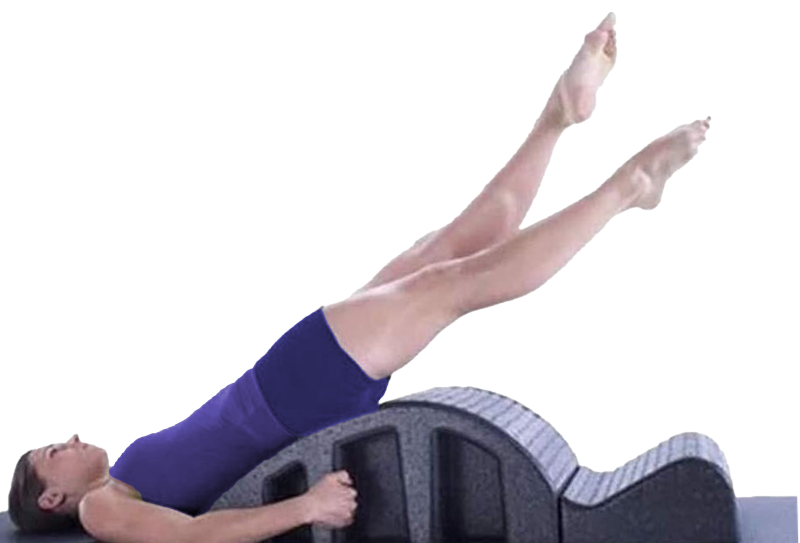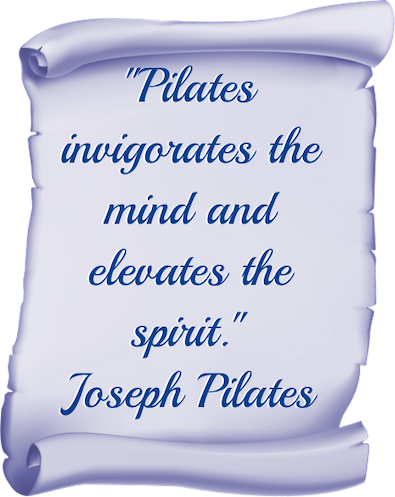
The Principle of Flow
MOTION OUTWARD FROM CENTER
As mentioned earlier pilates is a somatic practice that involves “flowing motion outward from a strong center.” As a former diver and professional dancer I know that definition could easily apply to either one of those movement endeavors as I am sure it could to any number of other kinesthetic forms or athletic challenges from figure skating to yoga. Flow is a term more recently popularized in a book entitled Flow: The Psychology of Optimal Experience written in 1990 by Mihaly Csikszentmihalyi. Mihaly describes flow as “optimal experience, a state of concentration so focused that it amounts to absolute absorption in an activity.” In such a state, which I believe Joseph experienced, we feel strong, alert, at the peak of our abilities thriving at the top of our game. It is more than simply moving through a few exercises. It is pure absorption in the moment, complete unadulterated connection to a challenging and exciting endeavor, oneness with a perfect ideal.
When things seem to be going our way we will say, “We are in the flow” or we encourage others “to go with the flow.” In the Power of Flow Charlene Belitz and Meg Lundstrom write. “Flow is the natural, effortless unfolding of our life in a way that moves us toward wholeness and harmony.” All of life is movement and movement is by definition always flowing. Pilates as a movement modality is flowing motion which by its very nature is an essential quality of life. Pilates practice can be seen as myriad vignettes of moving life that are in actuality interwoven streams of energy, every one a transition seamlessly thread into a continuous flowing tapestry of vital natural being.
Pilates should be practiced as a harmonious flow of balanced energies in a controlled and precise pattern of methodical movements that nurture and refine the body through their life affirming properties. Physically speaking, flow in pilates correlates to an efficiency of movement effort. Efficiency or an economy of movement effort correlates to a synergistic balance between muscular contraction and release or elongation. Synchronistic coordination between muscle activation and relaxation correlates to optimal efficiency or a healthy dynamic flow.
When pilates is practiced as a quality of flow, movements are smooth, fluid and continuous without sudden jerks or inhibition caused by stiffness. Pilates practice cultivates flexibility with strength and movement is more about finesse than brute force. Moving smarter with greater ease is the goal in pilates, not moving harder. Life can be hard enough. Pilates encourages strength and ease of movement to make life more fluid and enjoyable. By focusing intention and guiding actions from a strong center of control, effort should appear minimal.
Coordinating objectives with visual and kinesthetic imagery facilitates fluid sequential integrations that foster the quality of flow. As a rule it is best to learn and practice movements slowly perhaps even visualizing them first before increasing intensity by adding a quicker dynamic. Once precise control has been achieved connect individual exercises with efficient logical transitions smoothly quickening the pace to build muscular endurance and improve stamina. Finding flow in pilates will improve coordination and balance facilitating agility and dexterity that will support the tempestuous demands of life.
More On Flow
- Flow: The Psychology of Optimal Experience by Mihaly Csikszentmihalyi
- Finding Flow: The Psychology of Engagement with Everyday Life by Mihaly Csikszentmihalyi
- The Power of Flow: Practical Ways to Transform Your Life with Meaningful Coincidence by Charlene Belitz and Meg Lundstrom
- Flow in Sports: The Keys to Optimal Experiences and Performances by Susan Jackson and Mihaly Csikszentmihalyi
- Super Consciousness: The Quest for the Peak Experience by Colin Wilson

